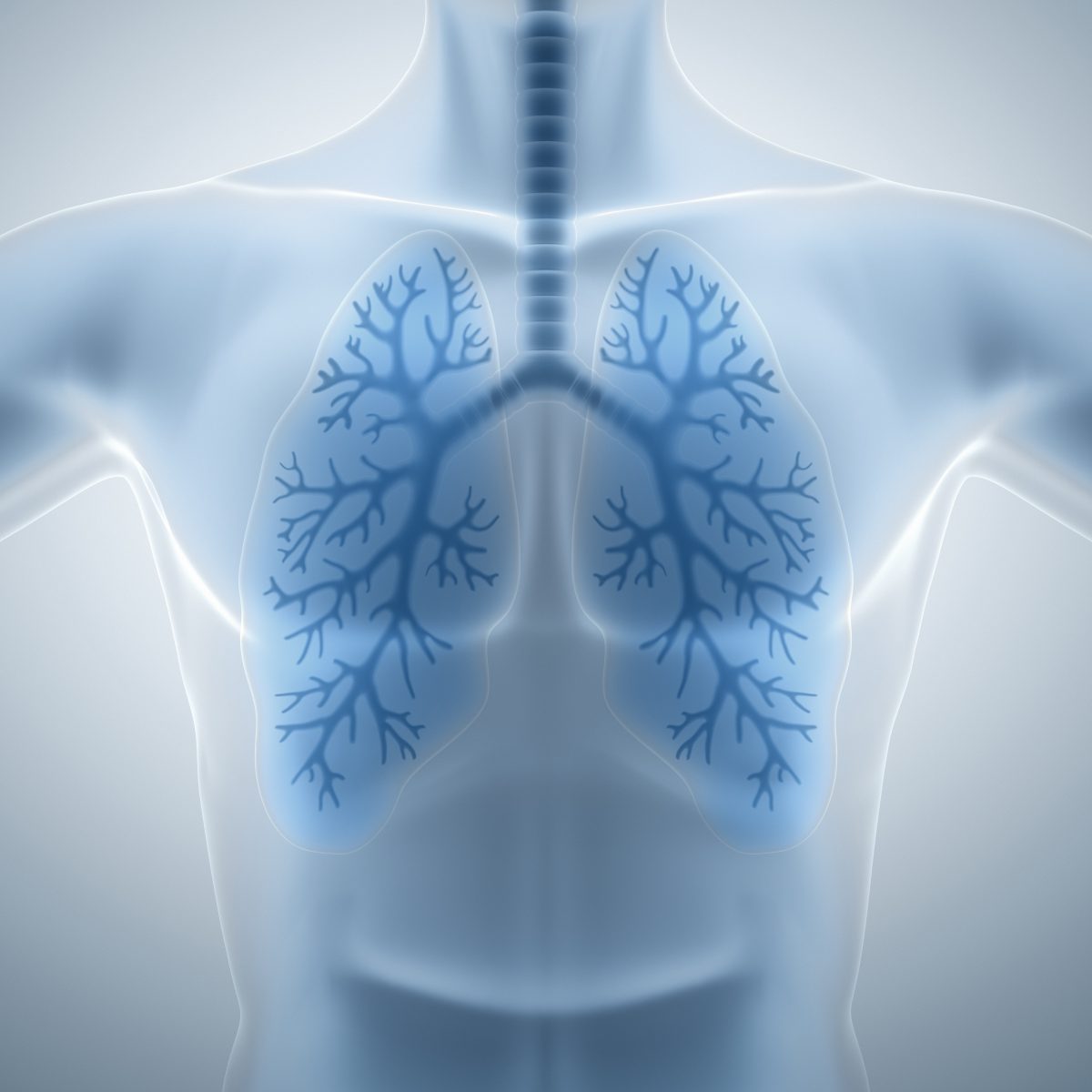Researchers Suggest Pleural Mesothelial Cells as a New Potential Biomarker and Therapeutic Target for IPF

Researchers at University of Alabama at Birmingham (UAB) recently published in the Journal of Thoracic Disease, a review article on the role played by specific mesothelial cells in the pleura (the membranes surrounding the lungs) in the development of lung disorders like idiopathic pulmonary fibrosis (IPF). The study is entitled “Pleural mesothelial cells in pleural and lung diseases.”
During development, the early embryo has three primary germ layers: the ectoderm (outside layer), the endoderm (inside layer) and the mesoderm (the middle layer between ectoderm and endoderm). The mesoderm and endoderm give rise to the mature lung. Pleural mesothelial cells (PMCs) correspond to mesoderm-derived cells that play a crucial role during lung development. PMCs also play an important function in the defense mechanisms against bacterial and mycobacterial infections in the pleura, being the primary cell to initiate a response against harmful stimuli.
PMCs can differentiate into endothelium and smooth muscle cells through a process called epithelial-to-mesenchymal transition (EMT). The pathogenesis of certain lung diseases is thought to be linked to an abnormal recapitulation of such developmental pathways. This is the case of IPF.
IPF is a progressive fatal lung disease of unknown origin in which the alveoli and the lung tissue are damaged, becoming thick and scarred (fibrosis), leading to severe breathing difficulties and compromising oxygen transfer between the lungs and the bloodstream. The disorder is characterized by a shortness of breath that gradually worsens, with respiratory failure being the main cause of death. There is no cure for IPF and it is estimated that almost 130,000 individuals in the United States and 5 million worldwide suffer from the disease. IPF has a poor prognosis and around two-thirds of the patients die within five years after being diagnosed. The development of accurate early diagnostic tools and disease biomarkers is therefore vital.
The fibrotic remodeling observed in IPF patients occurs through mesenchymal cell proliferation, migration into the lung parenchyma and differentiation into myofibroblasts, cells which are able to secrete excessive amounts of extracellular matrix leading to fibrosis (scarring) and destruction of the lung structure. These observations support the idea that PMCs are involved in IPF pathogenesis.
The authors suggest that PMCs may represent a potential novel cellular biomarker of disease activity and a possible therapeutic target. Pleural-based therapies aimed at modulating pleural mesothelial activation and fibrosis progression may, therefore, offer clinical benefits for IPF patients. Further studies in this area are, however, required.






